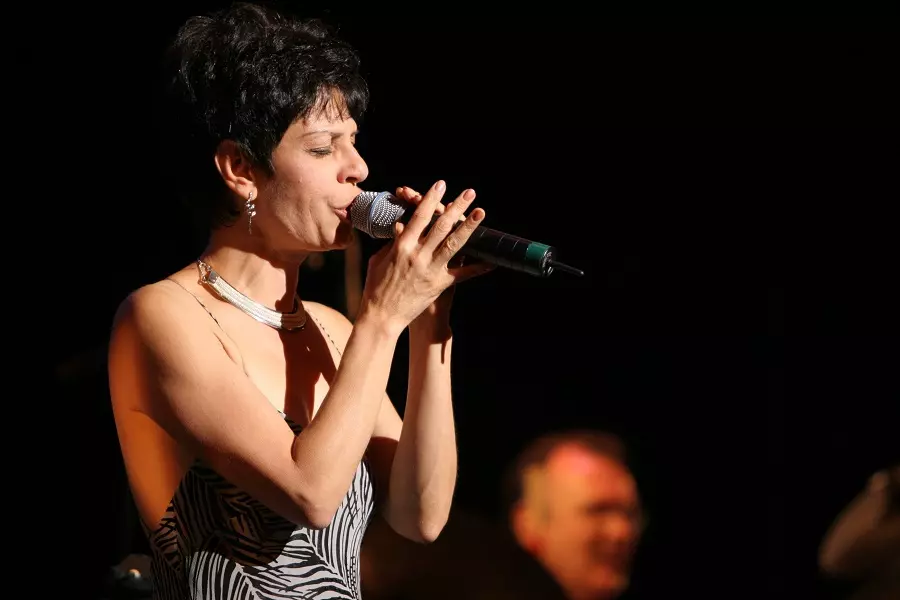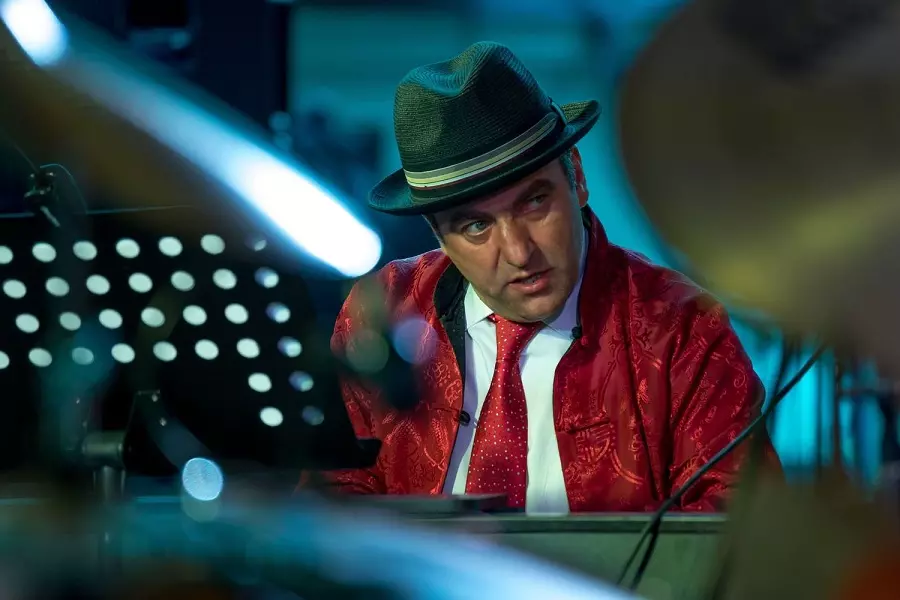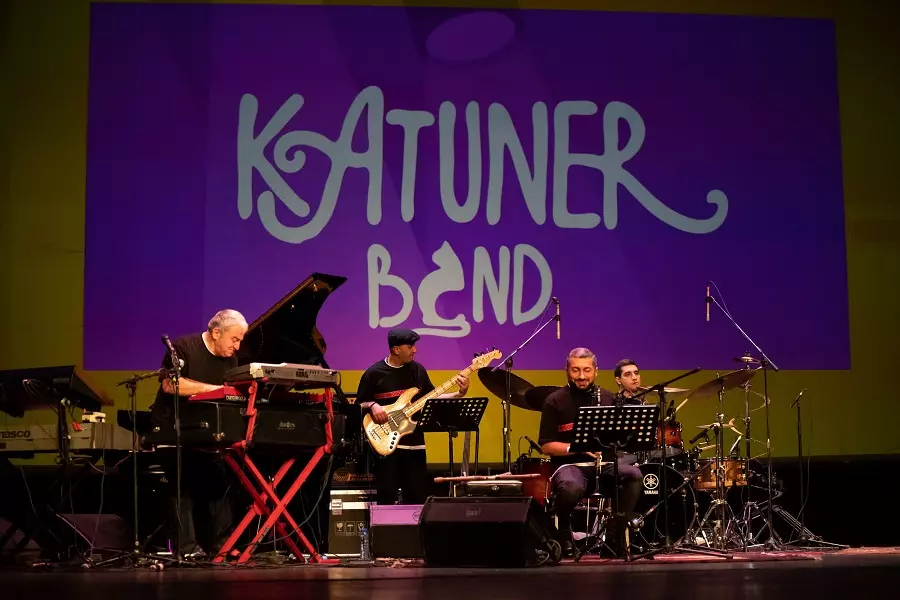Jazz is an undeniable part of Armenian culture. It seems incredible now that it took root less than a hundred years ago. But its adoption was as natural as if it had always existed.
Although, of course, the development of Armenian jazz has not been without its challenges. It all began in the 1920s, when choreographer and musician Valentin Parnakh, fascinated by the new “eccentric” style, brought it from Europe to the Soviet Union and formed the first Soviet jazz band.

Armenian musicians caught on… no! Armenian musicians were swept up in the current, and soon jazz was heard here too. Improvisation and the lively dialogue of instruments—these are the principles on which the ancient national musical tradition of gusans and ashugs, singer-storytellers, was built. Their work was opposed to the “official,” primarily religious and spiritual, genres. It was synonymous with freedom from canons in the choice of themes, heroes, and opinions… In short, the Armenian land proved well-prepared for jazz.
In the 1930s, permanent jazz groups began to form in Armenia. The first professional among them was the Artemy Ayvazyan and Tsolak Vardazaryan State Jazz Orchestra, one of the leading in the USSR. During World War II, the orchestra toured the front lines and hospitals.
But its development occurred against the backdrop of an ideological struggle against jazz by the Soviet intelligentsia and various “proletarian art” organizations. And later, there were direct repressions to which everything Western was subjected.

Perhaps Armenian jazz not only survived during this period but also thrived thanks to its ethnic flavor. It quickly became a distinct genre. Even the fact that after the war, along with all Soviet jazz, it found itself practically underground was, to some extent, a boon—its forced isolation from the international music scene deepened its national themes. And after the lifting of bans in the late 1950s and early 1960s, Armenia experienced a veritable boom in the emergence of small, diverse, yet vibrant jazz groups. Many were founded by musicians who became legends of Armenian jazz: Levon Malkhasyan and Armen Tutunjyan.
Very soon, Armenian jazz musicians became popular in other republics of the country. And the State Pop Orchestra of Armenia, under the direction of Konstantin Orbelian, introduced Armenian jazz to international audiences.

Today, Armenian jazz is a long-established genre. But it continues to evolve thanks to a new generation of musicians born in a different reality, where they can create freely rather than fight the system.
Armenia hosts annual jazz festivals, both local and international. Jazz is played by street musicians and sung by passersby. It resounds from cafes and restaurants… Truth be told, it’s born naturally here—that’s the rhythm of Armenian life, where there’s no room for fuss and there’s room for improvisation.

But even professional jazz enthusiasts can easily find a venue to their liking, where they can listen to classical and contemporary, Armenian and pure jazz. After a sightseeing tour of Yerevan, you can visit the iconic Yerevan clubs “Malkhas” and “Ulikhanyan.”
